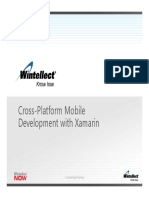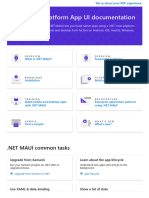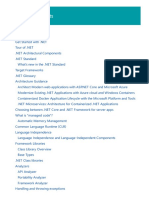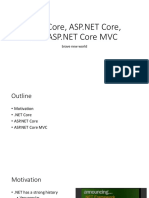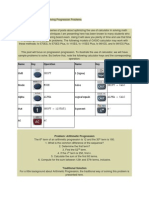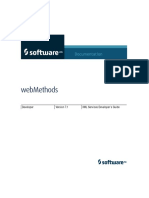0% found this document useful (0 votes)
29 views9 pagesFramework
The document provides a classification and comparison of popular programming languages, focusing on their frameworks, UI options, and architectural patterns. It also offers a breakdown of C#/.NET technologies, including MAUI, Blazor, ASP.NET Core, EF Core, and Azure, detailing their use cases and output types. Additionally, it explains the structure and execution process of .NET applications, emphasizing the roles of .exe and .dll files.
Uploaded by
nawivac624Copyright
© © All Rights Reserved
We take content rights seriously. If you suspect this is your content, claim it here.
Available Formats
Download as DOCX, PDF, TXT or read online on Scribd
0% found this document useful (0 votes)
29 views9 pagesFramework
The document provides a classification and comparison of popular programming languages, focusing on their frameworks, UI options, and architectural patterns. It also offers a breakdown of C#/.NET technologies, including MAUI, Blazor, ASP.NET Core, EF Core, and Azure, detailing their use cases and output types. Additionally, it explains the structure and execution process of .NET applications, emphasizing the roles of .exe and .dll files.
Uploaded by
nawivac624Copyright
© © All Rights Reserved
We take content rights seriously. If you suspect this is your content, claim it here.
Available Formats
Download as DOCX, PDF, TXT or read online on Scribd
/ 9



